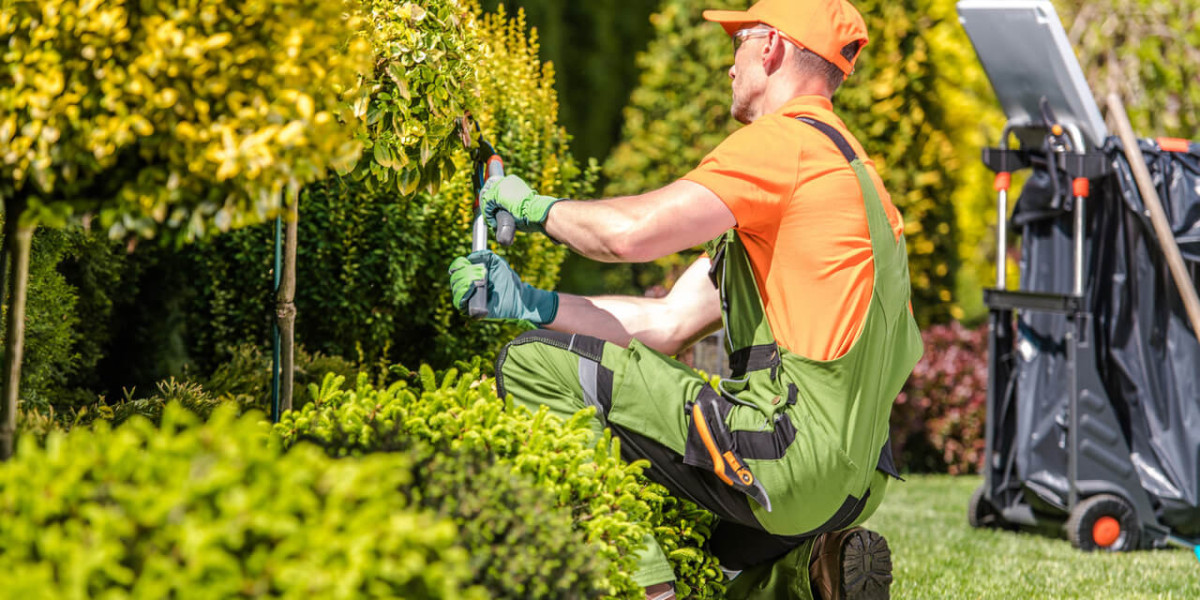Maintaining a garden is essential for creating a beautiful and healthy outdoor environment. Whether you have a small balcony garden, a sprawling backyard, or a community garden, regular maintenance is crucial to ensure your plants flourish and your outdoor space remains inviting. This comprehensive guide explores the various aspects of garden maintenance, including essential tasks, seasonal care, and tips for achieving a vibrant garden.
1. Introduction to Garden Maintenance
1.1 What is Garden Maintenance?
Garden maintenance encompasses all activities involved in keeping a garden healthy and aesthetically pleasing. This includes planting, pruning, weeding, watering, fertilizing, and pest control, among other tasks. Garden maintenance not only enhances the visual appeal of a garden but also promotes the overall health of plants.
1.2 Importance of Garden Maintenance
Proper garden maintenance is vital for several reasons:
- Healthier Plants: Regular care helps prevent diseases and pest infestations, ensuring that plants remain healthy and productive.
- Enhanced Aesthetics: Well-maintained gardens contribute to the overall beauty of a property, enhancing curb appeal and providing a pleasant environment.
- Increased Property Value: A well-kept garden can significantly increase the value of a property, making it more attractive to potential buyers.
- Environmental Benefits: Gardens play a crucial role in supporting local ecosystems, promoting biodiversity, and improving air quality.
2. Essential Garden Maintenance Tasks
2.1 Planting and Transplanting
- Choosing the Right Plants: Selecting plants that thrive in your climate, soil type, and sun exposure is essential for a successful garden.
- Transplanting: When moving plants, ensure you do so carefully to minimize root disturbance. Water the plants well before and after transplanting to help them settle into their new location.
2.2 Pruning and Trimming
- Importance of Pruning: Regular pruning encourages healthy growth, removes dead or diseased branches, and shapes plants for aesthetic appeal.
- When to Prune: Different plants have specific pruning requirements, often best performed in late winter or early spring before new growth begins.
2.3 Weeding
- Why Weeding is Essential: Weeds compete with garden plants for nutrients, water, and light, so regular weeding is necessary to maintain a healthy garden.
- Effective Weeding Techniques: Hand-pulling, hoeing, or using mulch to suppress weed growth are effective methods to control weeds.
2.4 Watering
- Watering Techniques: Proper watering techniques include deep watering less frequently rather than shallow watering more often, which encourages deeper root growth.
- Best Time to Water: Early morning or late afternoon is the best time to water plants, reducing evaporation and allowing time for plants to absorb moisture.
2.5 Fertilizing
- Nutrient Requirements: Different plants have varying nutrient needs, so understanding the specific requirements of your garden plants is crucial for effective fertilization.
- Types of Fertilizers: Organic fertilizers, synthetic fertilizers, and slow-release fertilizers all have different benefits and should be chosen based on the garden’s needs.
2.6 Pest and Disease Control
- Identifying Pests and Diseases: Regularly inspect plants for signs of pests or diseases to catch issues early and minimize damage.
- Control Methods: Integrated Pest Management (IPM) combines biological, cultural, physical, and chemical tools to manage pest populations in an environmentally responsible way.
3. Seasonal Garden Maintenance
3.1 Spring Maintenance
- Preparing the Garden: Clean up debris, prune winter-damaged plants, and prepare soil for planting.
- Planting: Early spring is the ideal time to plant new seeds and seedlings as the weather begins to warm.
3.2 Summer Maintenance
- Watering: Increased temperatures require more frequent watering. Ensure plants receive adequate moisture to prevent stress.
- Weeding and Mulching: Regularly weed and add mulch to retain moisture and suppress weed growth.
3.3 Fall Maintenance
- Harvesting: Collect ripe fruits and vegetables before the first frost.
- Preparing for Winter: Clean up fallen leaves and debris, prune perennials, and plant bulbs for spring blooms.
3.4 Winter Maintenance
- Protecting Plants: Use mulch or covers to protect tender plants from harsh winter conditions.
- Planning for Spring: Use the winter months to plan and design your garden for the upcoming spring season.
4. Tools and Equipment for Garden Maintenance
4.1 Essential Gardening Tools
- Hand Tools: Trowels, pruners, and weeders are essential for everyday garden tasks.
- Power Tools: Lawn mowers, hedge trimmers, and tillers can help with larger maintenance jobs.
4.2 Tool Maintenance
- Cleaning and Storing: Clean tools after each use to prevent rust and damage. Store them in a dry place to prolong their lifespan.
- Sharpening Blades: Regularly sharpen the blades of pruners and other cutting tools for effective and clean cuts.
5. Tips for Effective Garde Maintenance
5.1 Creating a Maintenance Schedule
Establishing a regular maintenance schedule helps ensure that no tasks are overlooked. Use a calendar or app to keep track of seasonal tasks, watering schedules, and fertilization timelines.
5.2 Learning and Adapting
Gardening is an ongoing learning process. Stay informed about best practices, plant care techniques, and emerging gardening trends by attending workshops, reading gardening books, or joining local gardening clubs.
5.3 Sustainable Practices
Incorporate sustainable gardening practices such as composting, using native plants, and reducing chemical inputs to create a more environmentally friendly garden.
6. Conclusion
Garden maintenance is an essential aspect of creating and sustaining a thriving outdoor space. By understanding the various tasks involved—such as planting, pruning, watering, and pest control—gardeners can foster healthy plants and beautiful landscapes. Regular maintenance not only enhances the aesthetics of a garden but also promotes environmental health and boosts property value.
Whether you are a seasoned gardener or just starting, implementing effective maintenance strategies will lead to a more enjoyable and fruitful gardening experience. With dedication, patience, and a bit of creativity, anyone can cultivate a stunning garden that flourishes with life, color, and beauty throughout the seasons. Embrace the joys of garden maintenance and watch your outdoor space transform into a personal paradise.








